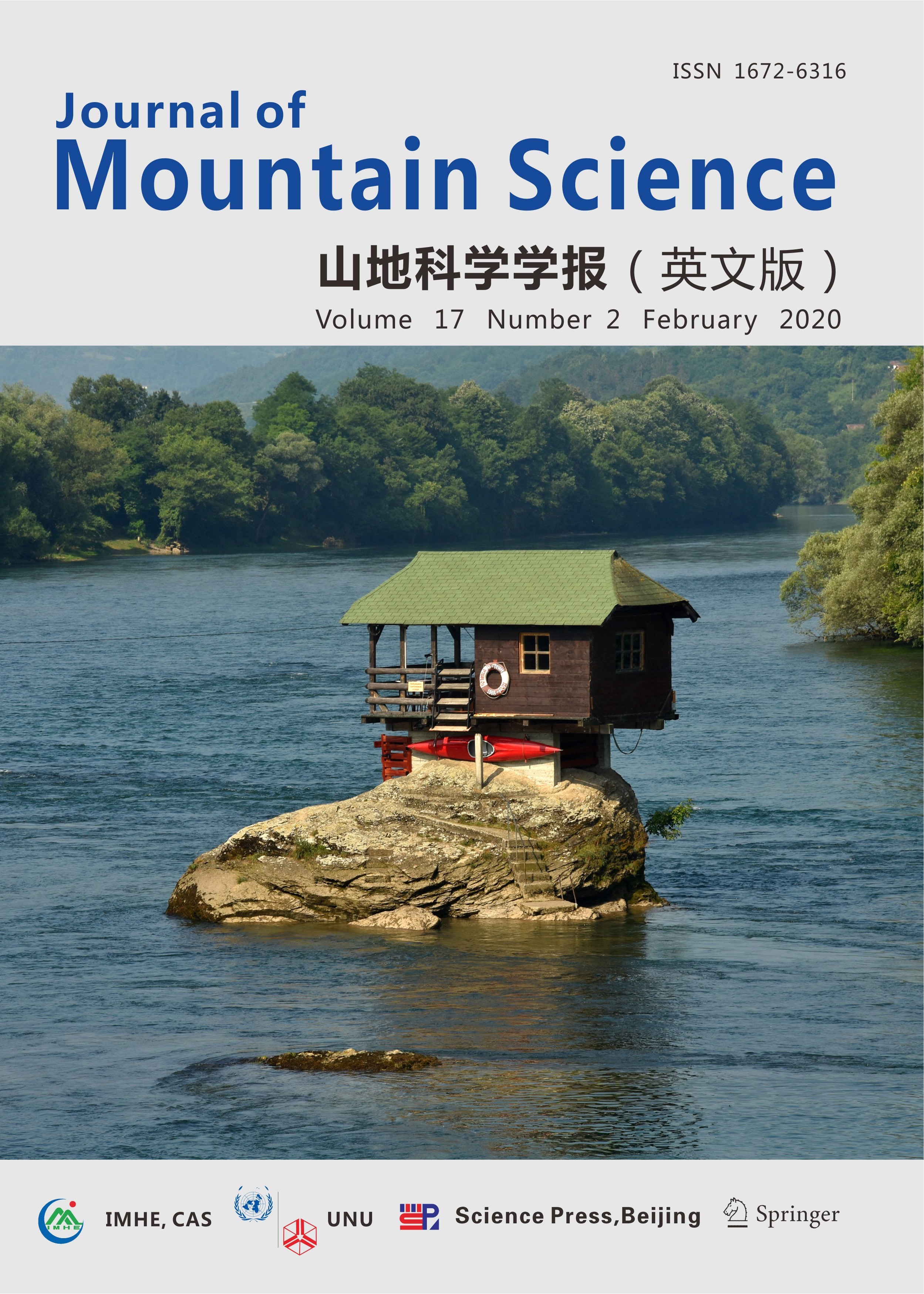博文
2020年2期JMS 封面及封面故事-Drina River near near Bajina Bašta town
|||
Preface: We select cover article from every issue and ask authors to send pictures about the study area for us to select one as the cover picture. The author of the cover article will write a cover story about the study area and about the main research contents of this article. This way can enhance the attraction of the article. Many authors promote their articles together with the covers at international conferences.
Here is the second issue's cover of 2020. It tells about the depopulation in the mountain area in western Serbia.
2020年2期封面故事:
图中的德里纳河为前南斯拉夫的内陆河。1992年南斯拉夫解体后,分裂为南斯拉夫联盟、克罗地亚、斯洛文尼亚、北马其顿和波斯尼亚-黑塞哥维那5个国家,德里纳河在靠近Bajina Bašta 镇的河段,成了塞尔维亚、波黑、黑塞哥维那三个国家的分界线。
Cover story in Journal of Mountain Science vol 17, no 2: Drina River near near Bajina Bašta town, Serbia
The cover photo shows a small hut built on an outstanding rock in Drina River,near Bajina Bašta town, Serbia. The house was first built in 1968 by young swimmers and kayakers. Both the position and the history of the house are symbolic. First, it represents the political transformations of the region because when the house was first built, Drina was an interior river in Yugoslavia, but today, this section of the river is the international boundary between Serbia and Bosnia and Herzegovina. Second, it demonstrates the strength and also the transformation of nature, too. This small hut was destroyed 7 times during high water levels, but it was rebuilt after each event. However, the river, which has a 38 km long, majestic gorge section not far from here, was tamed by building a huge hydroelectric dam in the 1960s, some 14 km upstream from this house. Third, the house symbolizes the relationship of human and nature. One face of this extremely complicated relationship is preserved and presented in national parks and nature parks. The headquarter of Tara National Park is found just in the nearby Bajina Bašta town. The photo was taken by Tamás Telbisz in July 2019 on a field trip to Tara National Park, where he studied the natural settings of the area and the national park - local people relationships.
In the current issue of the Journal of Mountain Science (Vol. 17, No.2, 2020), the article under the title “Topographic and lithologic controls behind mountain depopulation in Zlatibor District (Western Serbia)” explores demographic changes of this area by using GIS-based statistical analysis. The paper demonstrates how the topographic and lithologic factors influenced the depopulation of the area, and how it was transformed from a relatively homogeneous rural land to a spatially more contrasted area due to post WWII social processes, which show high correlation with topographic domains. In addition, it is also presented that nature protection has been important in the region for several decades, and how protected areas (Tara National Park, Zlatibor Nature Park and Šargan–Mokra Gora Nature Park) became drivers of the regional nature-based tourism.
https://blog.sciencenet.cn/blog-314423-1214878.html
上一篇:文章修改期间进行作者署名顺序调整
下一篇:2020年Journal of Mountain Science第8期封面及封面故事
